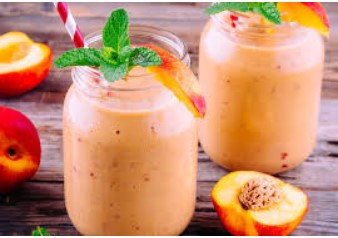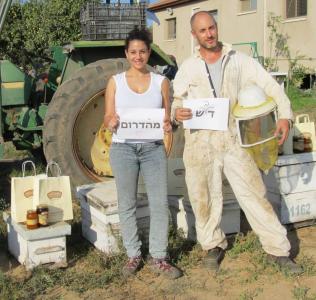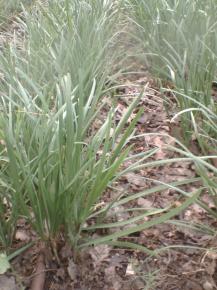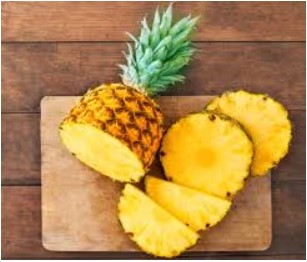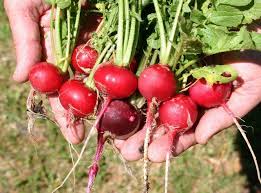Nowadays, the term “from China” or “made in China” has a derogatory tone, and even more so during this new Corona era.
Products made in China are assumed to be cheap, of low quality and probably involves copyright infringement and total disregard of human rights. In short, Ali Express Style.
But in the past, all the good things came from China. Noodles, peaches, Chinese jujube, Kumquat, Chinese yam (the potato’s less spoiled relative). And fireworks too. Also the mango – which came from the Indo-China region, although it is much more associated with the Indian regions (probably because “chutney” doesn't sound Chinese at all).
I have a problem with mango. I’m not sure how to handle the fruit. With other fruits, it works like this: when the fruit arrive I gladly bring it home and place it at the top of the fruit basket – it will not last there for very long anyway. Wash and distribute to household members who want a piece of the new wonder, add it to the shopping list to get more tomorrow because we ate it all.
Two or three weeks later, the consumption rate drops, and after six weeks we begin to improvise – put some in the fruit salad, in the morning's smoothie. After two months (if the fruit is still with us, because with loquat or apricot, for example, this trick does not work) we begin making jams because the excitement has faded but there is still plenty of fruit. We can play with the jams – prepare it with different spices, have it for breakfast with yogurt, with pancakes, surprise friends and neighbors with a nice little jar.
With mango this doesn't work. There so many things that can be done with mango, makes me want to do them all at once. First of all –this fruit is a pleasure to eat just the way it is, as if we are lying on the beach (or walking around the market) in Thailand – sliced into cubes.
My friend’s kids are willing to eat it only in that form, as far as they areconcerned, thestandard mango is served in cubes. But it is delicious in a smoothie and also sliced on top of oatmeal (not all fruits pass this test. With peach for example, or apple, I don't like it. Definitely not with grapes or watermelon, I can't even imagine it). But best of all – it is excellent for making jams and Indian chutney, and no less delicious when pickled in a jar with lots of colorful spices and a pungent aroma. Of course, you can (and should!) make amba from it. It can be used before it ripe and the pit can be used as well. Have I mentioned I like this fruit very much?
So, as mentioned earlier, the mango comes from the Indo-China region, from the hot and tropical areas, and in order for it to feel at home it must be provided with the proper conditions,such as a greenhouse,a monsoon as well as songs from Indian movies in the background.
If you don't have all these, be sure to maintain a warm and humid climate around the tree and plenty of irrigation. If you are planning to add a tree to your garden (I am in favor, if you are my neighbor), consider that this soft seedling can reach 35-40 meters in height, with a trunk of 10 meters in diameter, so it is definitely possible to buildon it a tree house for children . The mango comes in 35 different species, so consult the nursery in case you like one particular kind.
In Israel the mango feels most comfortable in the north, in the Kinneret area. It arrived here around the 1950s. By the 1980s there was little export (about 250 tons a year), and today? There are about 100 thousand trees spanning 17 thousand metric dunams and yielding about 40 thousand tons a year, about half of which is exported.
Of course, the well-known and beloved local varieties were also developed in Israel: Maya, Agam, Noam, Tali, Omer and Shelly. I imagine the researchers and farmers choosing a name for the new variety, and maybe thinking of their child with his face smeared full of fruit, or maybe the grandson, who just had his first taste and loved it – and maybe that's just my imagination….
Yours,
Maggie's Garden Team
Forecast:
In the ORGANIC vegetable baskets we expect (draft only):
Cucumber
Tomato
Lettuce
Potato
Eggplant
Cabbage
Celery
Spinach
Parsley
The Large organic vegetable baskets also include:
Kale
Coriander
Pumpkin
In the ORGANIC fruit baskets:
0.6 Dates
Bannana
Melon
The large ORGANIC fruit baskets also include:
Apple
Half watermelon
The ORGANIC Green Basket:
Dill
A kind of lettuce
Celery
Swiss Chard
Kale
Green onion
Sprouts

